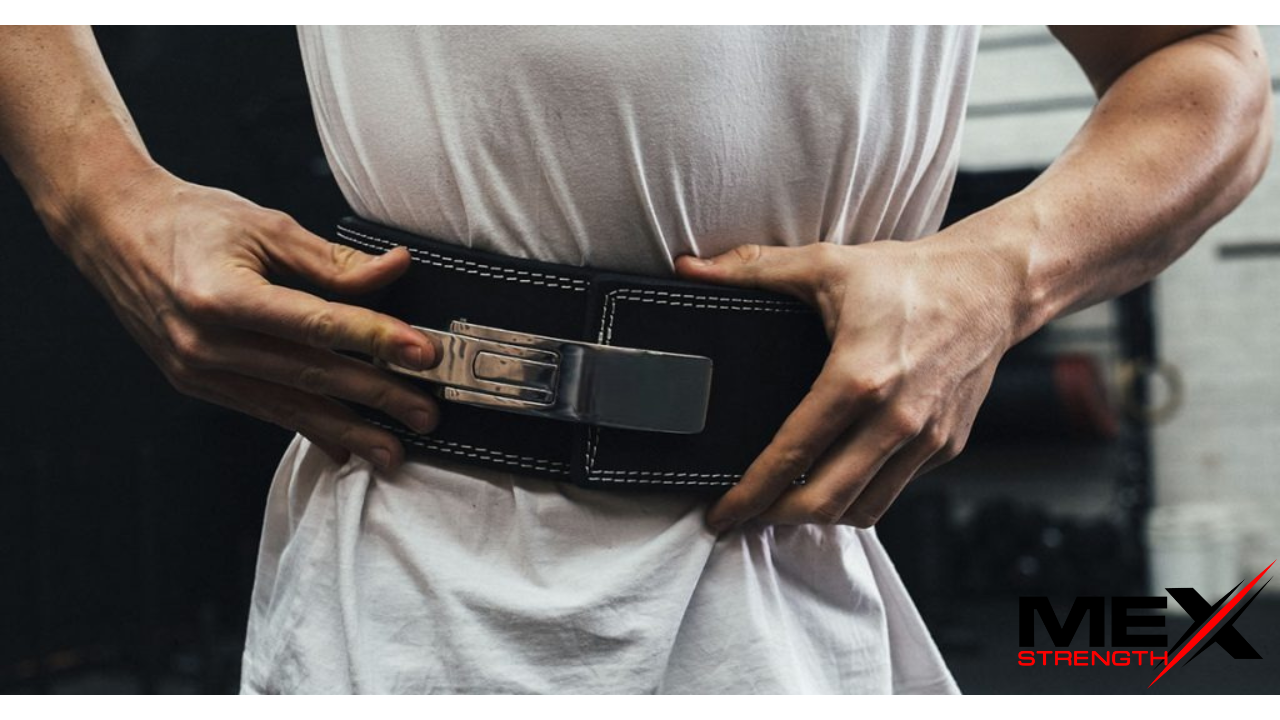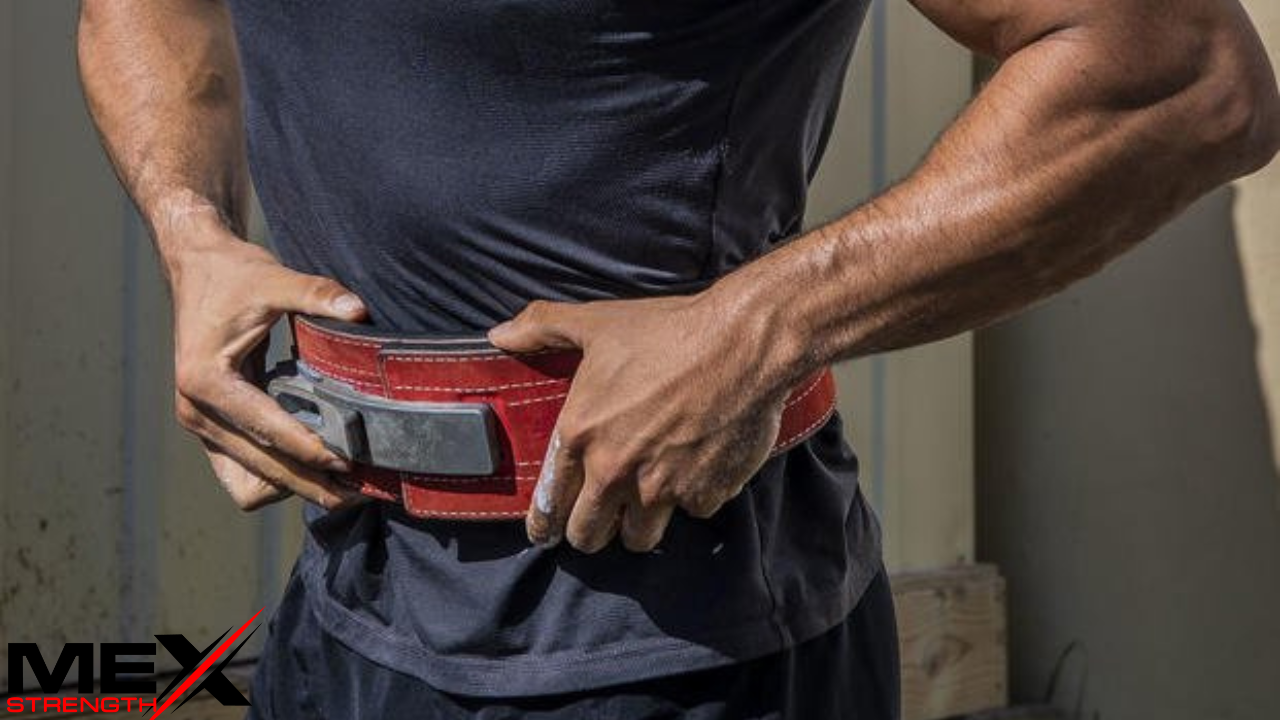FREE SHIPPING ACROSS 🇺🇸
What Does A Weightlifting Belt Do?
[vc_row][vc_column][vc_column_text woodmart_inline=”no” text_larger=”no”]
A weightlifting belt is used to support the back, abdomen, and hips during heavy lifting or workouts and helps prevent injury to these body parts by keeping them through compressive forces.
What Is A Weightlifting Belt?
A weightlifting belt is a type of gym equipment that is worn around the waist during weightlifting and bodybuilding workouts. Its primary function is to provide support to the lower back, abdomen, and hips, which helps to maintain proper form and prevent injury. By applying compressive forces to these body parts, weightlifting belts help to stabilize the spine and allow the lifter to safely lift heavier weights.
Primary Function
The primary function of a weightlifting belt is to provide support to the lower back and abdominal muscles while performing heavy lifting exercises. It is particularly important during exercises that put stress on these areas, such as squats, deadlifts, and overhead presses. The belt helps to maintain proper form and reduce the risk of injuries.
IAP ( Intra-Abdominal Pressure)
The weightlifting belt also plays a role in increasing intra-abdominal pressure (IAP) during a workout. The pressure created inside the abdominal cavity helps to stabilize the spine and protect it against injury. During heavy lifting, the IAP increases, creating a tighter and more secure feeling, which helps to keep the spine in a neutral position and reduce the risk of injury.

Material
The weightlifting belt is commonly made of durable materials like leather or nylon, and it features a buckle or velcro fastener. Some models also have a flexible inner layer that conforms to the shape of the wearer’s body, providing a more comfortable fit.
What Does A Weightlifting Belt Do?
A weightlifting belt serves multiple functions during heavy lifting or workouts. It supports the lower back and abdominal muscles, maintains proper technique, and reduces the risk of injuries. The belt also helps to increase intra-abdominal pressure (IAP), stabilizing the spine and protecting it against injury. Moreover, it allows athletes to breathe more deeply, which reduces strain on the lungs and improves performance during exercise. The belt is typically made of sturdy materials such as leather or nylon and is fastened with a buckle or velcro.

Tip: Make sure you have the correct size belt for your waist. You won’t get the support you need from a belt that’s too loose or too tight.
Benefits Of Wearing A Weightlifting Belt
Support for Lower Back: A weightlifting belt provides extra support to the lower back and abdominal muscles, which can help reduce the risk of injury during exercises that put a lot of stress on these areas, such as squats, deadlifts, and overhead presses.
Improved Intra-abdominal Pressure: Wearing a belt helps to increase intra-abdominal pressure (IAP), which is the pressure inside the abdominal cavity that helps to stabilize the spine and protect it from injury. Maintaining a neutral spine is beneficial to a feeling of tightness and security.
Better Form and Technique: A weightlifting belt can help athletes maintain proper form and technique by providing a physical cue to engage the core muscles and keep the spine in a neutral position.
Lifting Capability: A weightlifting belt can increase the athlete’s overall lifting capability by providing extra support for the back and abdominal muscles, allowing for heavier lifts and more significant muscle activation.
Enhanced Performance: By providing extra support for the lower back and abdominal muscles, a weightlifting belt can help to improve overall weightlifting performance, allowing for heavier lifts and more significant muscle activation.
Increased Confidence: Wearing a weightlifting belt can give lifters a greater sense of security and confidence when lifting heavy weights, allowing them to push themselves harder and achieve more significant results.
Weightlifting belts should be used with proper technique and not relied on exclusively. Using the belt correctly and wearing it only during weightlifting exercises is also essential.
How To Properly Use A Weightlifting Belt
Using a weightlifting belt properly is crucial for getting the most benefit out of it. Here are a few tips:

Here Are a Few Tips:
- Tighten the belt around the waist, but ensure you can still breathe comfortably. The belt should provide support but not restrict your movement.
- Place the belt at the level of your belly button. This will help to engage your core and provide the most support for your lower back.
- Use the belt only for heavy lifts. You don’t need to wear it for every exercise or every set, so save it for lifting the heaviest weights.
- When lifting, maintain proper form and engage your core. The belt provides additional support, but the good technique should not be compromised.
Note: That a weightlifting belt is not a substitute for proper form and technique. It is a tool that can be used to help maintain proper conditions and reduce the risk of injury, but it should not be relied on exclusively. While a belt can provide support for the lower back, it is not designed to be worn during cardio or other non-lifting exercises.
Summary
A weightlifting belt is a useful tool that provides extra support for the lower back and abdominal muscles during weightlifting exercises, helping to maintain proper form and reduce the risk of injury. However, it should not be relied on exclusively and must be used with proper technique. The belt should be worn only during heavy lifts and not during cardio or other non-lifting exercises. For more details visit our website.
[/vc_column_text][/vc_column][/vc_row][vc_row][vc_column][vc_masonry_grid post_type=”post” max_items=”3″ initial_loading_animation=”none” grid_id=”vc_gid:1709966711009-82976129-ef21-3″ taxonomies=”97″][/vc_column][/vc_row]
